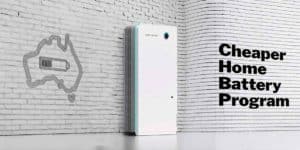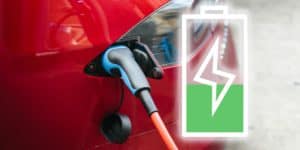Comparing EV plans

Energy Saving Guide
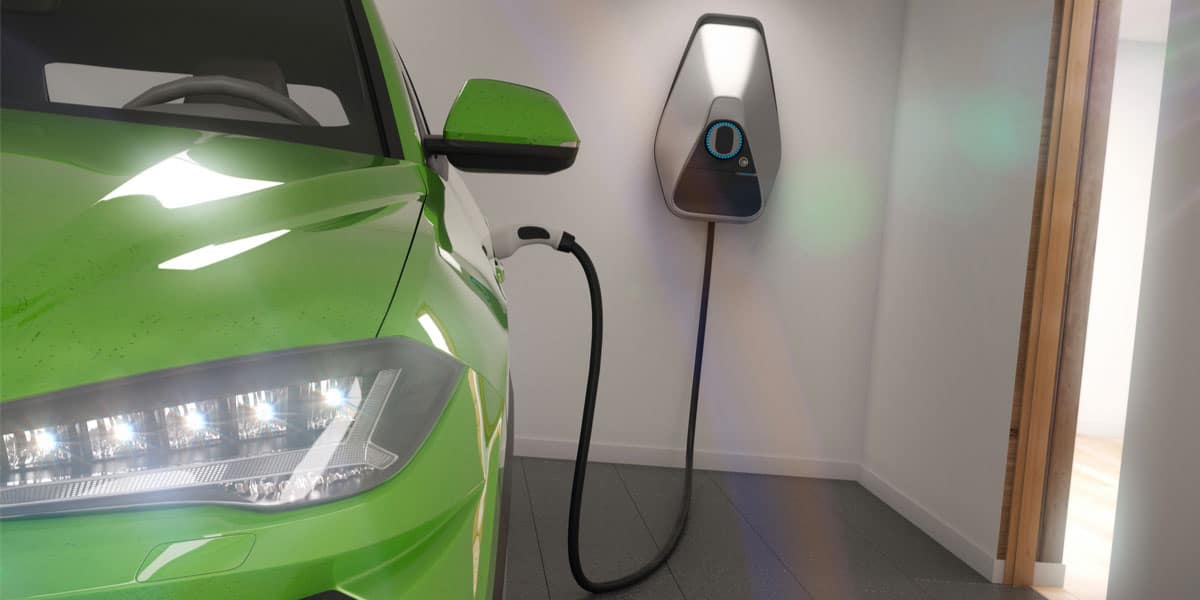
How to find the best electricity deal for EVs.
This guide will unpack what to look for when shopping for an EV energy plan. Plus, the big three EV charging considerations to help find a plan that will work best for your situation.
We’ll assume that you’re an EV owner (or prospective owner) with the ability to charge at your home where you pay the electricity bill. While there are certainly public and workplace charging options, we won’t cover this here.
Having owned EVs for over 13 years, it’s good to see energy retailers finally offering plans designed to support households with an electric vehicle. Because EVs will bring a large increase in electricity use, it’s not surprising the energy industry is getting ready for a future where EVs and hybrids will be in many driveways.
What’s the best EV plan? Who offers the cheapest EV charging rate?
Despite the growing number of dedicated electric vehicle plans, no one electricity plan is the best for everyone. That’s because each EV plan is structured differently and will suit different households. You can find WATTever’s EV charging rates page here with the latest prices. It’s vital to check the conditions for each plan. Some are only available when the sun’s out – when your EV may not be home to charge. Other plans cheap charging rates happen overnight or just on weekends. So to find the ‘best’ EV plan, it’s worth first considering what your priorities are when it comes to charging your EV.Big three EV charging considerations
Figuring out what matters most to you when charging your EV will help you recognise which plan will work for you. When charging an EV you’re typically balancing three things;- cost
- convenience
- CO2 emissions
Cost
If it’s all about the dollars and you’re flexible about when you charge, you can take advantage of the cheapest rates. For some, that’s likely to be using their own solar (depending on the feed-in tariff). Or taking advantage of super off-peak charging periods available on dedicated EV plans.
For others, it may be selecting a market-linked plan if they’re flexible about when they charge.

Convenience
For some EV owners, the convenience to charge their EV whenever they want is important. So plans with limited cheap charging windows or that rely on your solar won’t work always give you sufficient charge for a long drive. For example, if you’re driving an EV for Uber or your vehicle is away from home for extended periods. In this case, considering plans that offer reasonable charge rates for more hours may be a better strategy.

CO2 emissions
For most EV owners, knowing where the energy that charges their EV comes from is important as the emissions from burning fossil fuels impacts our health and increases climate change. As a result, they are likely to be using strategies that minimise emissions. Those with solar on their roof and working from home could be flexible about charging during your solar window. Or could choose times to charge when there are large amounts of renewables in the grid (usually around the middle of the day).

What to look for in an EV electricity plan
There are eight ingredients that help make an electricity plan a great one for electric vehicle owners.
Here’s what to look for;
- Lower rates for EV charging
- Sufficient low-cost ‘charging’ window
- Nighttime and Daytime EV plans
- Support for EV owners
- Monitoring of energy usage
- Extras for EV owners
- EVs become home batteries
- Fair feed-in tariff for solar owners
1. Lower rates for EV charging
A household with an EV in the garage will be using a lot more electricity. As a result, usage rates are key. If you can avoid peak demand hours – generally 3pm-9pm – and most can – then significant savings are available. By charging during off-peak time on a Time Of Use (TOU) tariff, households can pay as little as half of the anytime (aka flat) rate. Better still, EV owners have a new super power source.
Hello Super Off-Peak rates
The big draw card for EV plans is the super off-peak period – where for a window of time each day you might be paying 0-8 cents/kWh to charge at home. If you are driving more than about 5,000 kms annually and doing 80% of your EV’s charging at home, EV plans work out well when you use the super off-peak periods.
Given most Australian households are on anytime tariffs, you may need to change tariff type to access lower rates. You can request your electricity retailer to switch your household to a time of use tariff. This may require a new meter. Another strategy is the potential to install a charging station on a dedicated ‘Controlled Load’ circuit. The charging station then offers lower rates when the network turns on the controlled load for 7-16 hours each day.
Note: In Victoria from 1st July 2021, EV owners will progressively be moved to TOU plans if they have a dedicated high powered charging station installed (>3.6kW). This network rule dissuades EV owners from charging at peak times (3pm-9pm). But given TOU tariffs provide an 18-hour charging window of cheaper off-peak power, there should be a net saving in almost all situations.
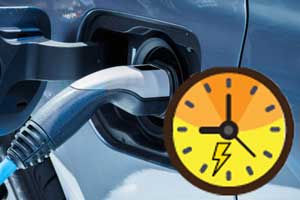
2. Sufficient low-cost charging window(s)
A good electricity plan will provide sufficiently long periods (aka “windows”) to allow charging overnight or during solar hours.
The ‘window’ needs to be at least 4 hours if you have a high power (6kW+) AC charging station. For some, the ‘window’ should be long enough to charge your EV from empty to full, at least once per day.
Overnight may be the only option for some EV owners. For others, daytime charging will allow lower-cost charging due to consuming your own solar or buying low-cost renewables from the grid.

3. Nighttime and Daytime charging.
Many offer EV plans feature Nighttime super off-peak charging – typically after midnight. This is certainly convenient because most vehicles are garaged at that time.
Daytime charging plans tap into the abundance of renewables in the grid in the middle of the day – when power prices are often negative in the wholesale market. These provide an excellent opportunity to fuel up on clean energy.
Most EV households will have some flexibility on when they charge. Consequently, when they choose to charge, determines where electricity is sourced from — either solar on their roof, battery or the grid.
For EV owners wanting to fuel their vehicle on renewables, it makes sense to charge during the middle of the day where practical. Whether from their own solar or supporting the grid at the time when renewables dominate. In 2023, charging in the middle of the day from the grid will mean >=50% renewables (in most states). While charging overnight usually means <20% renewables (again, depending on the State).
To see renewable generation in the grid for your state check out OpenNEM.

4. Support for EV owners
EV plans provide specific features and benefits for households – so it’s important for retailers to provide information and support to ensure customers can get the most from the plan. So, where a retailer offers Time Of Use plans, they should assist households to upgrade their meter if required. For those plans that support charging via a controlled load or smart charging, retailers should provide information to assist this. That includes support for charging station installation, information on compatible vehicles and charging equipment, available charging windows and options to charge outside “designated” charging windows.

5. Monitoring of energy usage
As an EV owner, it’s good to know how much electricity you’re using to charge your EV, and when this occurs. Retailers can assist by providing usage reporting on their websites or apps. Or potentially through the charging stations, where the retailer supplies these.
Monitoring not only reduces potential bill shock for first time EV owners. It also builds charge times and rates awareness. This way, informed EV owners can adjust their charging patterns to be more cost-efficient. So, they may choose to plug in once or twice per week, rather than daily, once they recognise they can charge to full within the designated charging windows.
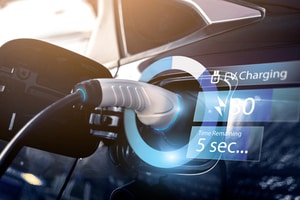
6. Extras for EV owners
Everyone likes to feel like they’re special. Some electricity plans for EV owners offer exclusive benefits that are not available on “other” plans. Special benefits on EV plans include lower charging rates or the opportunity to access discounted charging equipment. Some plans offer ‘smart scheduling’ of charging to access better rates, while others have the chance to integrate into a VPP.
Examples of EV only plan benefits include AGL’s EV plan with a $60 quarterly credit.

7. EV's become home batteries
The growing number of EVs provides the energy industry with a significant opportunities.
Retailers are now developing networks of charging stations. So we expect to see on-the-road charging as a part of future electricity plans.
We anticipate that automated or retailer initiated smart charging will become available for participating EV owners enabling to charge when wholesale rates are low, or to use their own excess solar.
Ultimately, EV owners will have the opportunity to share in a revenue stream for Vehicle 2 Grid (V2G) charging, just like battery owners in a VPP. Or they could simply use their battery to power their own home (V2H) an idea which many owners find exciting.

8. Fair FIT for solar owners
By definition, EV owners tend to be early adopters. Many already have solar on their roof as well. Even though solar feed-in tariffs are low (mostly under 10c per kWh) and falling, solar owners are likely to use their excess solar for charging. EV owners with solar will still value receiving a fair feed-in tariff for any solar they export.
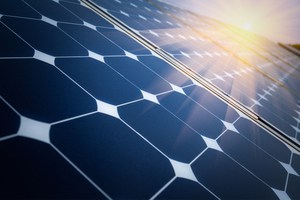
You’re ready to compare and save
If you are looking for the best energy plan for your EV, go here for a personalised electricity comparison.
WATTever now include super off-peak EV charging rates in our comparison. So, if you already have an EV plan with super off-peak EV charging, you can now input the kWh of EV charging into your energy profile. This enables you to see how other plans (with and without super off-peak rates) compare side-by-side. You’ll want a recent bill on hand to enter your actual usage to get an accurate cost estimate.
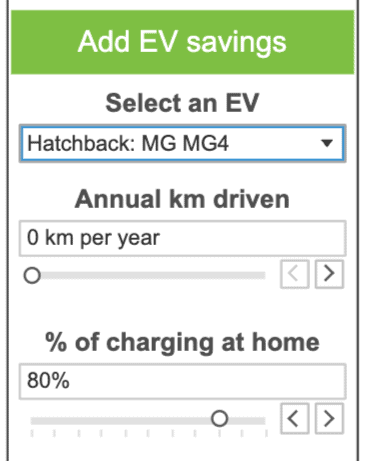
Don’t already have an EV plan or not sure how many kWh of at home charging you’ll do? We can help with that.
Existing or new EV owners can complete a standard comparison. Then on the results ranking page they can then ‘dial in’ how many kilometres they drive annually and how much they’ll charge from home. As a result, the comparison will recalculate. It factors in home charging being provided through the super off-peak rates from EV plans, and the lowest cost periods for other plans.
You can select one of four EV vehicle sizes (hatchback, crossover, sedan and SUV) to account for different power needs. The comparison assumes a maximum 6KWh home wall charger for plans with super off-peak rates. The calculation assumes households will use the super off-peak charging windows first, then any more power needed is costed from the next cheapest usage window.




